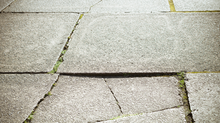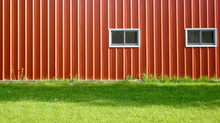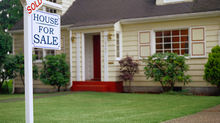How to Protect Your Home From the Coronavirus (COVID-19)
A lot has changed in the past few weeks as COVID-19 continues to spread throughout the United States. While we are still learning exactly how it is transmitted, we do know a few things:
The virus spreads between people who are in close contact with one another (within 6 feet or so).
It is mainly transmitted through respiratory droplets when an infected person coughs or sneezes, but can also live on surfaces for a time.
People are thought to be most contagious when they are symptomatic, but experts suspect that spread may be possible even before people show symptoms.
Based on this information, we know that the very best thing we can do as a community to slow the spread of the virus and protect our medical system from being overrun is this: stay home.

But what if the virus is also alive in your living space?
A recent study found that COVID-19 can survive up to four hours on copper, up to 24 hours on cardboard and up to two to three days on plastic and stainless steel. Because of this, the CDC recommends cleaning frequently touched surfaces and objects every day.
These include:
Countertops
Doorknobs
Tabletops
Bathroom fixtures
Toilets
Flush handles
Phones
Computer keyboards
Tablets
Bedside tables
Lamp switches
Oven knobs

If surfaces are dirty, clean them with soap and water, then disinfect using a product from this EPA-approved list of novel coronavirus (COVID-19) fighting products. You'll notice that many products on the list (Clorox, Germ-X, etc.) can be easily found in the cleaning aisle of your local grocery or hardware store. Use this guide as a reference to be sure you're cleaning surfaces properly.
Beyond that? Limit contact with people outside your family (not a good time for game night, sorry), stay home as much as possible, and wash your hands frequently with soap and warm water for at least 20 seconds at a time. Bonus points if you also use hand sanitizer occasionally (though it's not necessary).
Good luck, and be safe out there!























